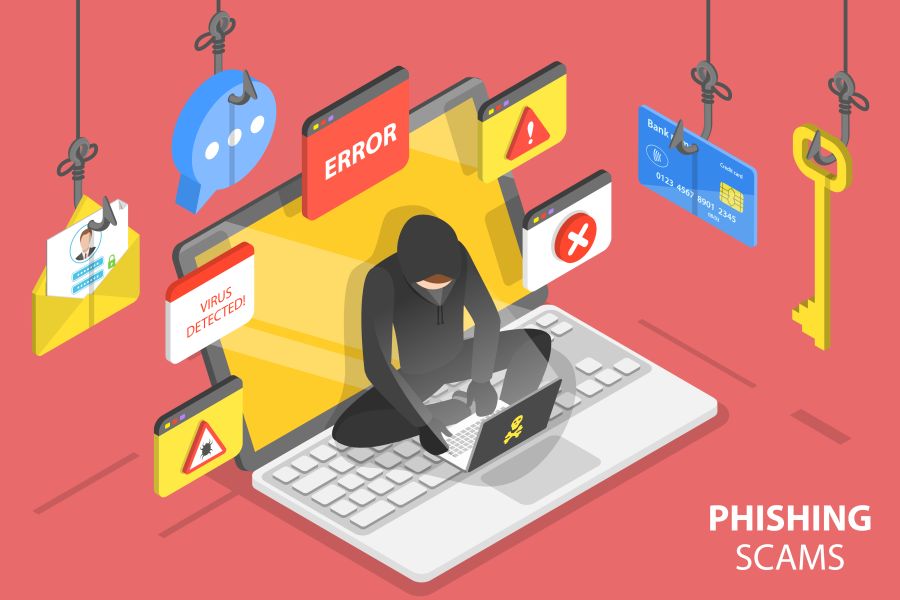
The term social engineering refers to types of cyber attack that exploit one of the more vulnerable aspects of an organization: its humans. An organization can implement the most sophisticated security software available, but hackers know that the easiest way in is sometimes through you.
That’s because some of the qualities that allow human beings to thrive in social situations – curiosity, trust, kindness, cooperation – are the same ones that allow criminals access to confidential information. In fact, a joint study completed by Stanford University Professor Jeff Hancock and the security firm Tessian found that 88% of data breach incidents are caused by mistakes employees make.
An interviewer on the Jimmy Kimmel show discovers that one way to get a stranger’s password is to just ask for it.
What are some examples of social engineering?
For example, in a recent scam that circulated the medical community, cybercrimnals used a NYS Doctor lookup site to find a physician’s name and license number. They then called the doctor with a spoofed number that displayed as NYS Office of Professions. The caller would inform the doctor that their license has been used in some illegal activity, and asked if the doctor would like to speak with the investigator on the case. The "investigator" provided false information about the case and ultimately asked for money to remove the illegal activity from the license.
How do you prevent falling victim to social engineering?
Don’t trust anyone!!
Jk. There are few things specific things you can do to stay vigilant:
Did you take the pop quiz?
Try our 10-question pop quiz on cybersecurity before Oct. 21, and we’ll contact winners on Oct. 28.